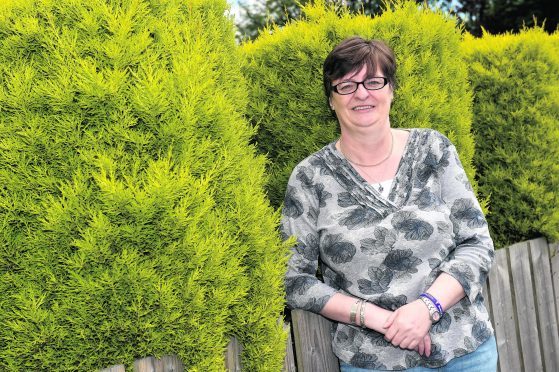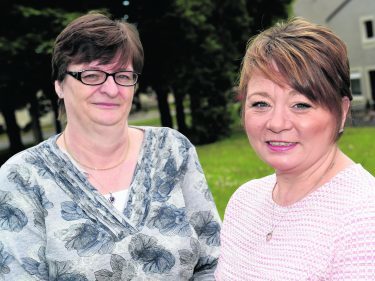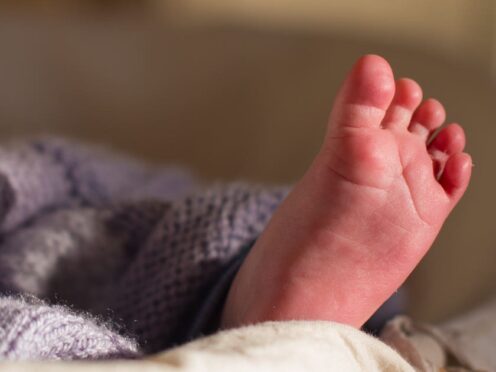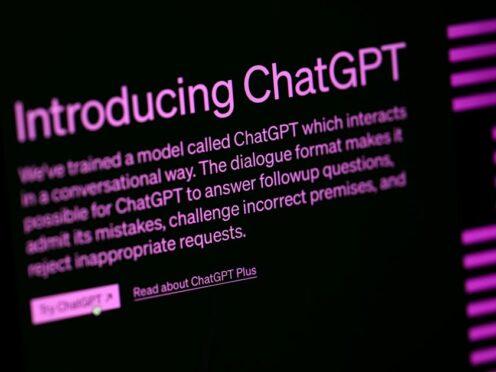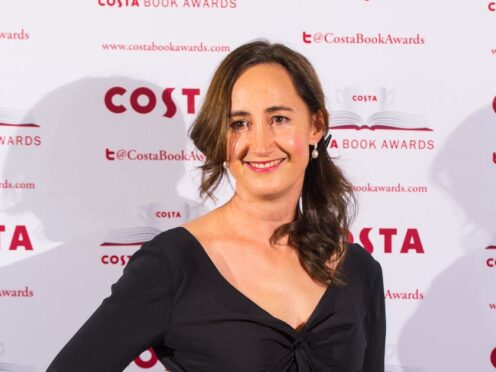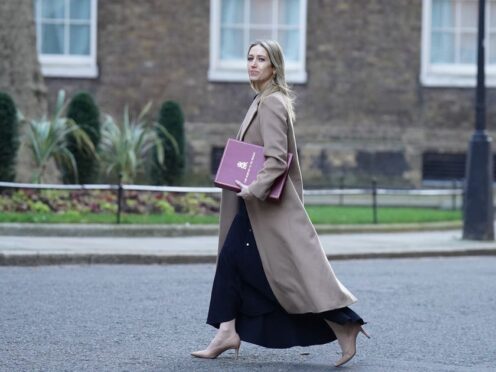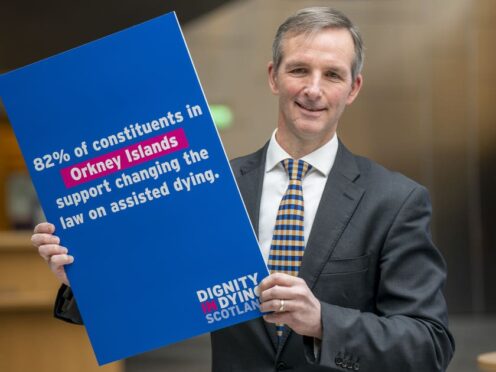Forty-eight year old Anmarie Mutch is one of more than 54,000 people currently living with epilepsy in Scotland.
Despite this high number of cases, there is significant misunderstanding around the serious neurological condition and it remains one of the least recognised and publicised conditions in the country.
Having been diagnosed at the age of two, Anmarie, who lives in Bridge of Don, Aberdeen, has grown up with the condition and experienced everything that comes with it.
“A common misconception is that everyone with epilepsy will have regular seizures when they see flashing lights which is not the case at all,” she said.
“I had about five years’ seizure free when I was in my late teens and early twenties, however now I can have three to four seizures a day. I live with various types of epilepsy. I have some complex partial seizures which mean I lose awareness but I am still conscious, and I appear drunk and confused. I also have tonic clonic seizures where I drop and shake and lose consciousness frequently causing injury to myself. Afterwards I go postictal and don’t know who, or where, I am.
“I used to work, however I am no longer able to as my seizures became so bad I was putting myself in dangerous situations, such as crossing roads, endangering myself and others.”
Anmarie said it was vital people living with epilepsy get the support they need.
“Living with this condition can be overwhelming, at one point I was reluctant to go out and I stayed in my house for six months,”
she said.
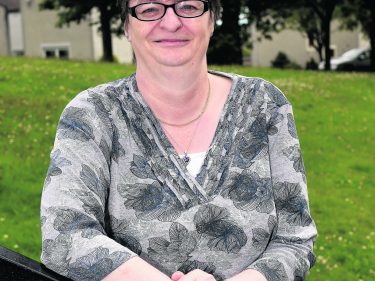
“I was scared of having a seizure in public and the dangers that could pose. I was also scared about the stigma attached to having a seizure and how people around me would react. This fear of social exclusion or prejudice meant I hid my condition and shied away from living my life.
“I have experienced a great deal of discriminatory behaviour, from people refusing to help me if I have a seizure, to people thinking I am drunk. One particularly horrible experience was when I had a seizure on a bus and another passenger told the driver to throw me off.
“That being said, there are lots of kind people who have helped me when I have been in that position. This kind of compassion is touching and I always make an effort to find out who the individual is and thank them personally.”
Social care charity Quarriers is a global leader in epilepsy treatment and care and the William Quarrier Scottish Epilepsy Centre is the only residential assessment and treatment centre in Scotland for adults with epilepsy. The centre is based in Glasgow but through its extensive network of epilepsy service fieldworkers, Quarriers is able to provide care and support to people with this condition much further afield.
Just this week, Quarriers announced money from Big Lottery Funding enabling it to extend its epilepsy fieldwork service from its current reach across Aberdeen, Aberdeenshire, Moray and Fife out to the Highlands and Tayside. This ensures Quarriers can support more people with epilepsy, and their carers, than ever before.
In 2012, Anmarie spent five weeks at the previous Scottish Epilepsy Centre which was based at Quarriers Village. Following this, she began to receive support from the epilepsy fieldwork service to help her manage her condition and integrate back into her life in Aberdeen.
Quarriers epilepsy fieldworkers support individuals, allowing them to live life to the fullest while keeping their health in check.
“When I was too afraid to go out, the fieldworkers helped me to develop my confidence,” Anmarie added.
“Without this care and attention, I really would have struggled.
“Quarriers fieldworkers also helped renovate my bathroom into a wet room. One of my biggest fears was having a seizure in the shower and falling and hitting my head. This fear stems from nearly drowning as a child when I had a seizure in a swimming pool, it is something that has worried me my whole life. Their help took a real weight off my shoulders.
Further help is offered by Quarriers Epilepsy Support Group, based in Aberdeen which meets the first Friday of every month. Anmarie said the group is great for those who feel isolated through having no one who really understands what they are going through.
With Quarriers leading the way with treatment, diagnosis and support, awareness is still a major concern for those living with the condition. Campaigns are in place to help educate police and law officers, and a small number for the general public, to improve the all-round understanding of the condition, but it is widely accepted that more could be done to ensure people with epilepsy get the consideration they require.
Anmarie said: “Despite the vast numbers of individuals living with epilepsy, it is a fairly unknown condition and many people don’t know what to do if they witness a seizure. I would encourage anyone with the condition to be open with their family and friends and help spread the message so that we can rid epilepsy of any attached stigma, and misunderstanding, once and for all.”
For more information about the William Quarrier Epilepsy Centre, the Epilepsy Fieldworkers Service or the Epilepsy Support Group please visit www.scottishepilepsy
centre.org.uk or www.quarriers.
org.uk/services/epilepsy-fieldwork-
service-central-aberdeenshire/
